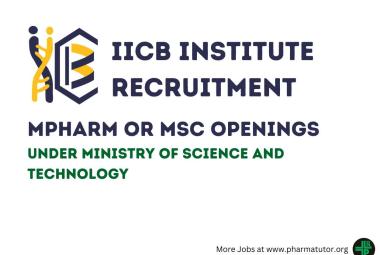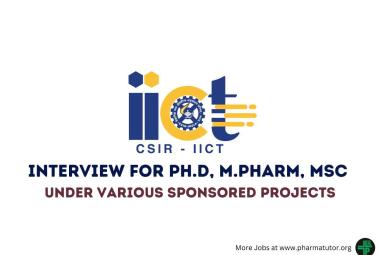(15th July, 2014); Study published by researchers shown that use of antibiotics is increasing day by day across the world. Unsurprisingly India is the largest consumer of antibiotics in 2010. As per study, use is not being effectively monitored by health officials, from doctors to hospital workers to clinicians, noted the researchers. Consequently, antibiotic use is both rampant and less targeted. That reality is driving antibiotic resistance at an unprecedented rate.

The study, "Global Trends in Antibiotic Consumption, 2000-2010," found that worldwide antibiotic use has risen a staggering 36 percent over those 10 years, with five countries — Brazil, Russia, India, China and South Africa (BRICS) — responsible for more than three-quarters of that surge, according to study authors Thomas Van Boeckel, Simon Levin, Bryan Grenfell, Ramanan Laxminarayan and Quentin Caudron of Princeton.
Among the 16 groups of antibiotics studied, cephalosporins, broad-spectrum penicillins and fluoroquinolones accounted for more than half of that increase, with consumption rising 55 percent from 2000 to 2010.
The study quantifies the growing alarm surrounding antibiotic-resistant pathogens, and a loss of efficacy among antibiotics used to combat the most common illnesses. In addition, the report highlights an increasing resistance to carbapenems and polymixins, two classes of drugs long considered "last resort" antibiotics for illnesses without any other known treatment.
Overall, the study reviewed patterns, seasonality and frequency of use of antibiotics in 71 countries. The findings of the report are featured July 10 in the journal The Lancet Infectious Diseases.
The study noted that antibiotic use tended to peak at different times of the year, corresponding in almost every case with the onset of the flu season. In the northern hemisphere, for example, consumption peaked between January and March, while in the southern hemisphere it peaked between July and November. One notable exception was India, for which usage peaked between July and September, correlating with the end of the monsoon season.
"This is a problem at the scale of climate change in terms of urgency," said Laxminarayan, corresponding author, Princeton. "But we don't have anything close to the architecture of science to look at this problem, to look at solutions, to look at where the problem is the worst."
Laxminarayan and Levin received a grant from the University's Grand Challenges Program to study the problem of antibiotic resistance as part of general work on "common property" problems, those areas in which individuals or small groups make decisions — such as on how they use antibiotics — that have national or global consequences.
The research was conducted by Van Boeckel, postdoctoral research fellow; Caudron, postdoctoral researcher; Grenfell, the Kathryn Briger and Sarah Fenton Professor of Ecology and Evolutionary Biology and Public Affairs at the Woodrow Wilson School; Levin, the George M. Moffett Professor of Biology and professor of ecology and evolutionary biology; and Laxminarayan. In addition, two scholars from the Center for Disease Dynamics, Economics & Policy in Washington, D.C., were involved. The data supporting the study results were drawn from IMS Health, a private company that collects sales data on global drug pharmaceuticals.
Reference: Prof Ramanan Laxminarayan et al; Global antibiotic consumption 2000 to 2010: an analysis of national pharmaceutical sales data; The Lancet Infectious Diseases; 10 July 2014; doi:10.1016/S1473-3099(14)70780-7










